
Mannakhilo’ and Mannakpåpa’
Under Spanish colonial rule, the introduction of Spanish customs, social systems and land tenure disrupted traditional practices of land ownership and social class structure of

Under Spanish colonial rule, the introduction of Spanish customs, social systems and land tenure disrupted traditional practices of land ownership and social class structure of
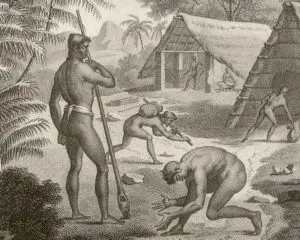
The social ranking of individuals, whether by age, gender or social status, has always been important in Chamorro society. In pre-Spanish times, social status dictated

The word “låncho” comes from the word Spanish word “rancheria” and refers to Chamorro farms, ranches, gardens, or family property in the hålomtåno’ (jungle), and
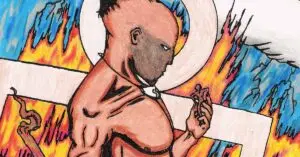
God of the underworld. Chaife was the god of the underworld, according to one Guam legend.
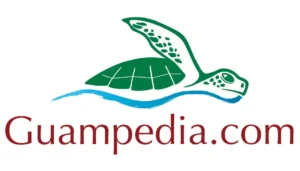
Maga’låhi Yula (also spelled Hula or Yura) was a chief from the village of Apotguan in Hagåtña, who is best known for sparking a Chamorro/CHamoru
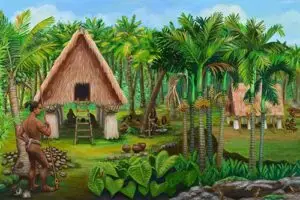
Maga’låhi Tolahi (also spelled Tetlaje or Torahi) was a chief from Tachuc (immediately south of Malesso), who fearlessly led the southern villages in resistance to

Women today continue to maintain positions of authority in Chamorro/CHamoru society, both at home, in Chamorro families, and in professional careers whether they are Chamorro
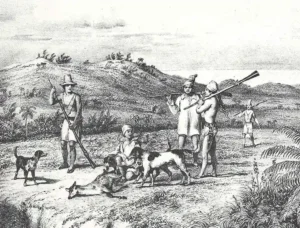
Mens’ role in societies have always been that of protector and provider. In the Mariana Islands, a change in the level of male authority was

In Spanish colonial times criollo referred to a full-blooded Spaniard born in the Spanish colonies in Asia and the Americas. It was a term mostly

ndios were defined as the native indigenous peoples in all the Spanish American and Asian possessions. During the Spanish colonial period in the Mariana Islands